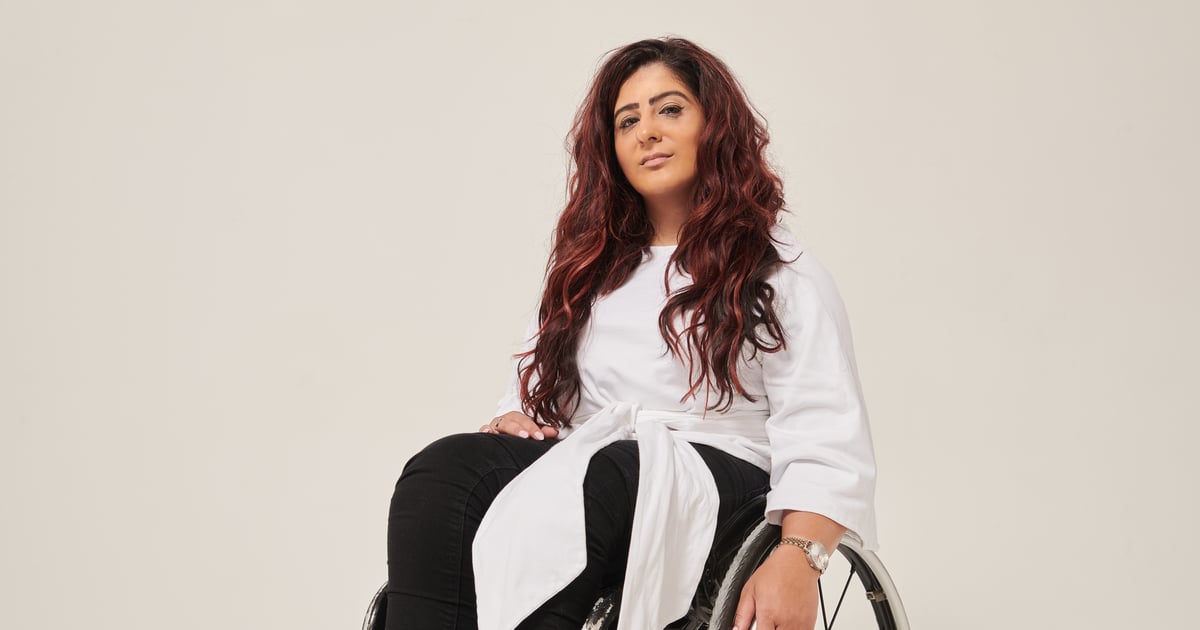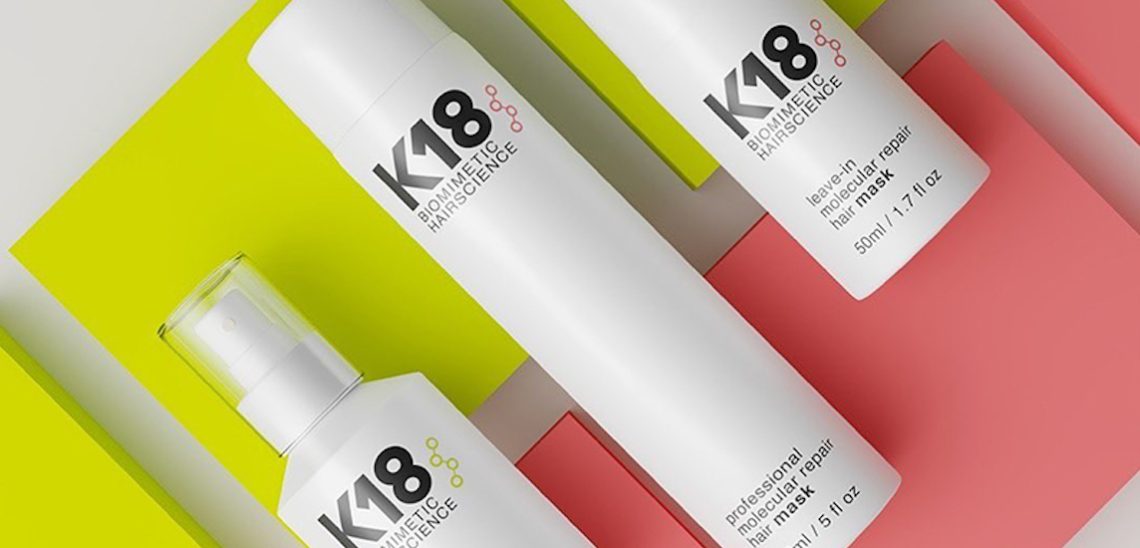Furla USA Files for Chapter 11, Sees Stronger Comeback – WWD
MILAN — Furla USA has filed a voluntary petition for relief under Chapter 11 in New York, but the Italian accessories company does not plan to exit the American market for good.
The decision was made in the wake of the coronavirus pandemic and the lockdown, which forced Furla to temporarily shut its retail operations in March. Reduced traffic caused by the health emergency also impacted the performance of the existing stores.
President Giovanna Furlanetto told WWD that Furla “took a much needed look at the American market after months of trying to renegotiate leases with landlords to no avail. We found landlords in the U.S. not as open to discussing rents as in other countries.”
While Furlanetto was not at liberty to discuss details of the restructuring plan at the moment, since it has to be first deposited in court, she said Furla will take steps to return to the American market with a leaner and improved organization.
“We need to restructure the market in a more contemporary way, and through this, we expect future growth. The U.S. market remains interesting and strategic, but in line with our long-held beliefs, the stores we operate must be profitable. We must have a network that is lighter and more sustainable.”
The company entered the U.S. market in 1989 and today counts 14 stores, of which eight are outlets. The U.S. represented 7 percent of Furla’s 2019 revenues.
In filings in New York bankruptcy court, Furla USA detailed the conditions that led to the filings, and outlined its plans in bankruptcy court. The brand described a familiar litany of factors preceding the COVID-19 pandemic and exacerbated by it — its foot-traffic, particularly in locations in Indianapolis and Boston that were more dependent on local shoppers than tourists, was falling for two years before the pandemic, Elena Moncigoli, chief executive officer of Furla U.S.A. Inc., wrote in a declaration filed in the case.
The company is planning to close four of those locations during the bankruptcy, according to the filings.
“Although debtor believes its core business model is sound and expects that sales volume will increase as the COVID-19 pandemic recedes, the substantial uncertainty regarding the length of the pandemic and its lasting economic effects make a prompt return to pre-pandemic sales levels unlikely,” Moncigoli wrote in the filing. “Thus, debtor has filed this case in an effort to reorganize its balance sheet and preserve and maximize value for all stakeholders.”
The U.S. company’s net sales in 2019 were made up of mostly revenues from its physical retail business, which accounted for nearly 60 percent of its net sales last year, followed by wholesale and e-commerce, according to its filings. In 2019, its brick and mortar net sales were roughly $22 million, while its wholesale net sales were roughly $13 million, or 35 percent of its net sales. Its online sales last year were about $2.8 million, about 7 percent of net sales, the company said.
When the pandemic hit, the company said it affected both, its retail business as its stores closed and reopened — some for a second time, as the virus resurged everywhere after cases declined in some parts of the country in the summer — and its wholesale business, as department stores like Neiman Marcus and off-pricers such as Century 21 went into bankruptcy themselves.
“Furla USA was forced to cancel future orders and upcoming deliveries of product that had already been produced,” Moncigoli wrote in the declaration. “Some were exclusive to the wholesale partner. Furla USA has also had to deal with nonpayment of current outstanding balances.”
The retailer, which had to temporarily close its 14 locations around March, also indicated that it shrank its workforce during the pandemic. The company furloughed 90 employees at the time, which it said was “a majority of its workforce,” and negotiated relief from some landlords, according to the declaration.
The company said it currently has about 34 full-time employees and 17 part-time employees.
“We have to adapt to these unprecedented times and utilize this opportunity to reflect and reassess. Refocusing our U.S. strategy to fewer niche boutiques allows us to prioritize excellent customer service, while continuing to deliver the best quality in our products and invest in areas of growth like e-commerce and wholesale to achieve meaningful, long-term success,” Furlanetto explained. The reorganization will enable Furla USA “to restart stronger than before.”
The existing Fifth Avenue flagship will continue to stand, and Furla plans to renovate it and model it on the new store concept and blueprint introduced in Milan in September. “It is a strategic location and important for our image,” she said, noting it had suffered because of the vicinity to Trump Tower. She also admitted a number of the brand’s stores were no longer in attractive locations.
While the pandemic also hit its wholesale business in the U.S., the company will continue to build relations with storied department stores such as Saks Fifth Avenue and Bloomingdale’s, she offered.
Prior to the pandemic, Furla USA began focusing on reducing operating and overhead costs by directing its strategy toward initiatives driving e-commerce and wholesale.
Furla, founded by the Furlanetto family more than 90 years ago in Bologna, now counts more than 500 monobrand stores worldwide.
Furlanetto is relying on the brand’s heritage, “impeccable” Italian craftsmanship and a strong core business model.
Furla group sales in the 12 months ended Dec. 31 were flat compared with 2018, totaling 502 million euros, reclassified according to the IFRS accounting principles. In 2018, revenues amounted to 513 million euros, but reclassified they totaled 504 million euros. Earlier this year, chief executive officer Alberto Camerlengo said the company voluntarily cut back on 18 million euros in revenues by slashing sales derived from the gray market as part of a repositioning strategy set in motion by Furla.
The company has just opened two stores in Canada, noted Furlanetto.
As reported, Furla has opened a new manufacturing plant in Tuscany, located between Florence and Siena. Covering 210,600 square feet, and designed by Geza architects Stefano Gri and Piero Zucchi, the complex will house product research and development and an academy.





